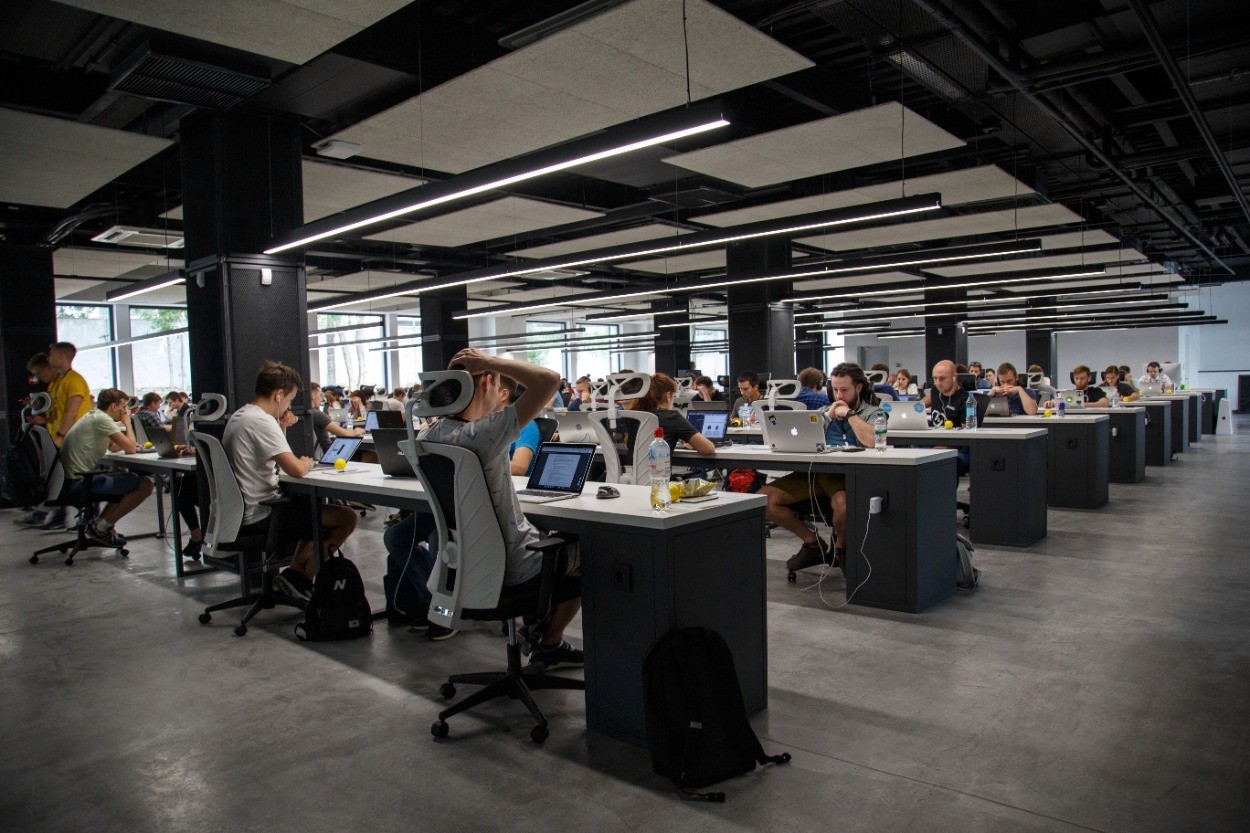Engineering
Self-Healing Biomimetic Robots
Why Self-Healing Biomimetic Robots Matter
Resilience in Harsh Environments
Self-healing biomimetic robots are inspired by nature’s ability to repair damage autonomously. These machines can recover from physical damage—such as cuts, impacts, or stress fractures—making them ideal for high-risk and remote environments like space, deep sea, disaster zones, or industrial sites.
Longevity and Cost Efficiency
By mimicking biological repair mechanisms, these robots significantly reduce downtime and maintenance costs. Their ability to "self-repair" extends operational life and minimizes human intervention, making them more sustainable and efficient in the long term.
Key Strategies for Designing and Using Self-Healing Robots
1. Develop Bio-Inspired Materials
Use advanced polymers and smart materials that mimic skin, muscle, or bone-like healing properties. Hydrogels, shape-memory alloys, and conductive elastomers are often used to simulate biological recovery.
2. Integrate Damage Detection Systems
Embed sensors that detect micro-damage or structural stress in real-time. These sensors activate healing processes autonomously, such as releasing healing agents or triggering thermal recovery.
3. Employ Distributed Intelligence
Equip robots with decentralized control systems so that localized areas of damage do not disrupt full system operation. This mimics how organisms continue functioning even when part of their body is injured.
4. Ensure Environmental Adaptability
Design robots to self-heal in varied environments—underwater, in extreme temperatures, or in zero-gravity. Adapt healing mechanisms accordingly (e.g., chemical, thermal, or electroactive).
Transforming Industries with Biomimetic Self-Healing Robots
Disaster Response
Robots used in search-and-rescue missions can sustain and recover from physical damage caused by debris, fire, or unstable environments, ensuring continuous operation in life-saving situations.
Space Exploration
Self-healing capabilities are essential in space, where maintenance is impossible. These robots can withstand micrometeorite damage, radiation exposure, and temperature extremes.
Infrastructure Inspection
Robots used for inspecting bridges, pipelines, and power lines can endure wear and tear without frequent human maintenance, making long-term monitoring safer and more reliable.
Medical Robotics
Soft robots used in surgeries or wearable devices benefit from self-healing materials, reducing risk and extending the life of critical components.
Best Practices for Implementation
1. Collaborate with Material Scientists
Successful deployment requires close cooperation between roboticists and materials experts to create synthetic tissues and structures that mimic living organisms.
2. Run Stress Testing Simulations
Simulate real-world scenarios—fractures, heat exposure, impact—across multiple cycles to validate healing performance before deployment.
3. Plan for Scalable Manufacturing
Use 3D printing and modular design to enable cost-effective production and easy integration of self-healing systems into robotic platforms.
Preparing for the Future
1. Advance Material Intelligence
Research is moving toward adaptive materials that not only heal but also evolve in response to environmental changes. Stay engaged with this evolving frontier.
2. Establish Ethical Guidelines
As robots become more lifelike and autonomous, establish ethical boundaries on how biomimetic robots are designed, deployed, and interacted with.
3. Educate the Workforce
Technicians, engineers, and operators must understand how to work with and maintain self-healing systems—even though the robots heal themselves, human oversight remains crucial.
Conclusion
Self-healing biomimetic robots are redefining what machines can do—blurring the line between biology and technology. By emulating nature’s most powerful survival traits, these robots offer durability, sustainability, and autonomy far beyond conventional designs. With the right materials, smart systems, and forward-thinking strategies, self-healing robots will power the next era of robotics—where machines don’t just survive... they recover and thrive.
Trusted by the Web Community
See what we written lately
Request an invite
Get a front row seat to the newest in identity and access.
Looking for Figma Version?





















